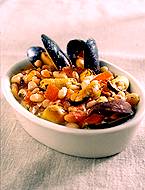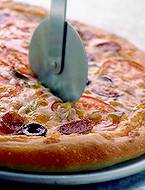
Before the discovery of the antimicrobial effect in 1940 interest in sorbic acid was minimal. Since then it has been used as a preservative for food and drink all around the world.

Antimicrobial Activity of Sorbic Acid

|
Before the discovery of the antimicrobial effect in 1940 interest in sorbic acid was minimal. Since then it has been used as a preservative for food and drink all around the world. |
|
The inhibitory activity of sorbates is attributed to the undissociated acid molecule. The activity, therefore, depends on the pH of substrate. The upper limit is around 6.5 in moist applications and the degree of activity increases with decreasing pH. By comparison to other preservatives like benzoic and propanoic acids that have limiting pHs of 4.5 and 5.5 respectively, it is seen that sorbates can be active at a higher pH. (For more information on some other antimicrobials, click here)
The exact mechanism of inhibition by sorbic acid has not been thoroughly elucidated even though it has been the subject of a great deal of research and a number hypotheses have been proposed. To date there has been no evidence to indicate that microorganisms can develop resistance to sorbates, as occurs with antibiotics. However, there is variation in the sensitivity of microorganisms from one genus to another.